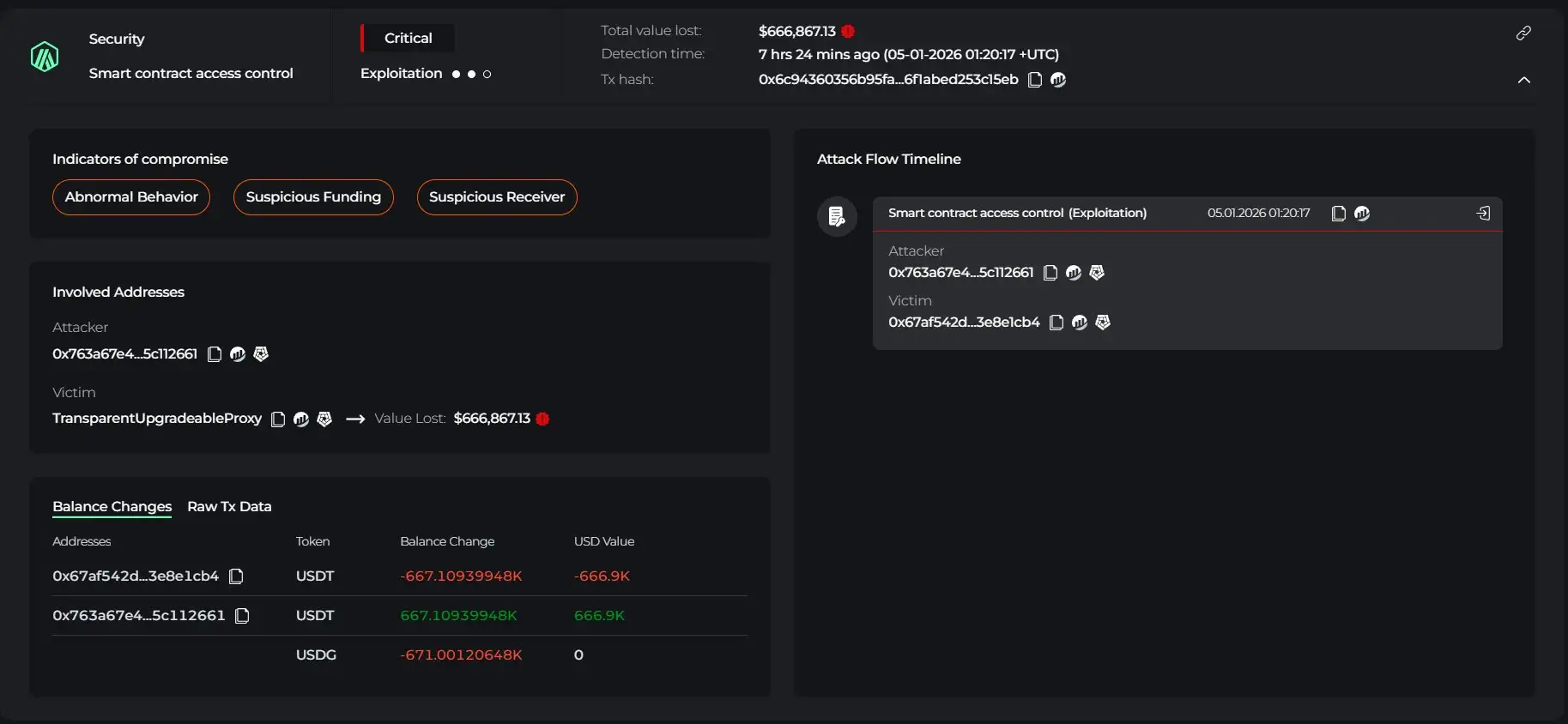
In the fast-evolving world of cryptocurrencies, Ethereum has long lived in the shadow of Bitcoin. But that shadow is beginning to fade with powerful upgrades, a deflationary model, and a future tethered to the rise of Web3 and decentralized applications (dApps).
Ethereum is no longer just the second-largest cryptocurrency–it may be the cornerstone of a new financial and technological era. As Bitcoin approached its saturation point, Ethereum could be poised to take the reins, not just as a digital asset, but as the indispensable fuel of the decentralized economy.
Bitcoin is famous for its hard cap of 21 million coins. This limitation has often been lauded for its scarcity, much like gold. In contrast, Ethereum does not have a fixed maximum supply. That used to be a point of criticism. However, the narrative has changed dramatically with Ethereum’s recent transition to a deflationary model.
Following the recent Pectra upgrade on May 8, 2025, Ethereum’s inflation rate has turned negative, sitting at approximately – 0.53% per year. Thanks to EIP–1559, which burns transaction fees, and the widespread adoption of staking via Ethereum 2.0, ETH is being removed from circulation at a rate that now outpaces new issuance.
This change is critical. This means that Ethereum’s supply is shrinking over time, creating a new form of digital scarcity that is dynamic and not static.
As of this writing, Ethereum’s total and circulating supply are both approximately 120.73 million. But what’s more important than total supply is how much of it is locked up. With staking, DeFi, and smart contracts consuming large portions of available ETH, the liquid supply is far lower than a foundation for a potential supply shock.
So what happens when you own a significant chunk of Ethereum? You’re not just holding a speculative asset–you’re having a stake in the future infrastructure of the internet.
Consider this: nearly 30% of all ETH is currently locked in Ethereum’s Beacon Chain deposit contract. That’s about 55.6% of the entire ETH supply held by addresses containing more than 100,000 ETH. Such centralization grants outsized influence to the whales, who can sway governance, manipulate liquidity, and even impact the validator landscape.
Owning a significant amount of Ethereum gives you economic gravity in the ecosystem–it gives you a voice, power, and leverage. And this isn’t hypothetical. Entities and individuals who accumulated ETH early and continued to stake or build protocols have turned their holdings into self-reinforcing empires.
The more ETH they stake, the more rewards they receive. The more ETH they stake, the more rewards they receive. The more infrastructure they own, the more indispensable they become. Ethereum isn’t just money–it’s programmable ownership.
Bitcoin remains the digital gold standard, and rightly so. Its simplicity and hard cap make it ideal for long-term value storage. But Ethereum was never trying to be Bitcoin–it was trying to be something bigger.
Ethereum’s design allows it to support smart contracts, NFTs, DAOs, DeFi protocols, and much more. It’s not just a ledger–it’s an entire decentralized computer. The comparison, therefore, shouldn’t be gold vs. gold, but gold vs oil.
And now, even traditional finance sees this. The Industrial and Commercial Bank of China (ICBC)–the world’s largest bank by assets–recently referred to Bitcoin as “digital gold” and Ethereum as “digital oil.” That’s more than just a catchy metaphor. It’s a validation from the heart of traditional finance that Ethereum is the fuel for the next technological wave.
Where Bitcoin is passive, Ethereum is active. While BTC is parked and stored, ETH flows through dApps, liquidity pools, lending platforms, and governance protocols. It earns yield, facilitates innovation, and powers the next generation of applications.
Ethereum’s May 2025 Pectra upgrade, which amalgamated the Prague and Electra proposals, introduced vital improvements to the network. Not only did it streamline validator operations and improve staking workflows, but it also significantly boosted network efficiency. Transaction speeds increased, fees stabilized, and the network became leaner and more resilient.
According to recent data, Ethereum now supports more than half of all smart contract activity globally, with $519 trillion in value locked across its ecosystem. This isn’t just dominance–it’s near-monopoly. No other blockchain even comes close.
Yet, despite these achievements, Ethereum’s market performance has lagged. ETH is currently trading at approximately $1,822, down 45.5% year-to-date. Critics argue that this underperformance reflects investor fatigue or rising competition from faster chains like Solana. But others see it as a massive opportunity.
With its fundamentals stronger than ever and the supply decreasing, Ethereum may be the most undervalued asset in the crypto market.
While Ethereum’s technical upgrades have propelled it into new territory, its co-founder, Vitalik Buterin, is already looking ahead–way ahead. One of his most ambitious proposals to date, the push for partially stateless nodes, could redefine who gets to participate in Ethereum’s ecosystem and how.
Today, running a full Ethereum node is no small feat. With the state size ballooning to over a terabyte, average users are left relying on centralized services to interact with the blockchain, ironically undermining Ethereum's ethos. Buterin wants to flip that.
In his recent proposal, Vitalik outlined a future where node operators wouldn’t need to store the full history of the blockchain. Instead, they’d maintain only the pieces of state relevant to their own use, be it a particular smart contract, wallet, or dApp. These partially stateless nodes wouldn’t need enterprise-level servers. They could run on personal laptops or even mobile devices. The implications? Monumental.
This shift opens the door for millions of users to run their own nodes, restoring decentralization, minimizing reliance on RPC middlemen, and enhancing the trustless nature. It also aligns with the Ethereum Improvement Proposal 4444 (EIP-4444), which recommends pruning the chain’s history after 36 days, making it lighter and more agile.
To ensure this doesn’t compromise data integrity, Buterin is championing erasure coding- an advanced technique that fragments blockchain data across the network, allowing it to be reassembled even if some parts are missing. Think of it as decentralized redundancy: lighter for the user, stronger for the system.
This vision isn’t just a technical theory–it’s a call to action. As Buterin himself noted during a recent Ethereum core dev meeting, “Ethereum won’t scale for the world if only corporations can run it.” Stateless nodes aren’t just an upgrade–they’re a revolution, reclaiming Ethereum for the people it was meant to empower.
Bitcoin’s hard cap of 21 million coins is almost fully realized, with over 93% already mined. As new issuance tapers off, Bitcoin’s scarcity is entering its final phase. This doesn’t spell decline–it signals exclusivity.
When the last Bitcoin is mined, those who hold BTC will own one of the rarest digital assets in history. Transaction fees will become miners' primary incentive, and Bitcoin ownership will become more about legacy and preservation than speculation.
This extreme scarcity could turn even small holdings into generational wealth. However, as Bitcoin becomes more like a digital relic–a pristine store of value–it may lose its dominance in innovation and utility. That’s where Ethereum steps in.
Ethereum is rapidly becoming the backbone of decentralized infrastructure. Its flexible, evolving architecture enables it to grow alongside new industries like tokenized real-world assets, AI-integrated smart contracts, and scalable Layer 2 solutions. While Bitcoin remains the vault, Ethereum is building the entire city around it.
In the future, owning Bitcoin will be like owning a slice of digital history. But owning Ethereum will be like owning digital infrastructure–foundational, versatile, and indispensable.
Calling Ethereum the “next Bitcoin” might actually undersell what Ethereum is becoming. It’s not just a better store of value–it’s the operating system of the decentralized internet. It is where finance, identity, culture, and infrastructure converge.
ETH is already being used to:
· Fund DAOs that coordinate global communities
· Run smart contracts for insurance, banking, and gaming
· Power NFTs that represent real estate, identity, or intellectual property.
· Fuel AI-integrated dApps that manage supply chains or secure personal data.
Ethereum is the digital bloodstream of this new world. The more it integrates into the digital economy, the more essential it becomes. And this is why owning Ethereum is not just an investment–it’s participation. It’s a stake in tomorrow's infrastructure.
With a deflationary economic model, an ever-expanding list of use cases, and the endorsement of major institutions, Ethereum is not just here to stay–it’s here to lead.
Investors looking for the next wave of opportunity may no longer find it in Bitcoin’s slow grind. The action is shifting. The real innovation, the daily usage, the actual evolution–that’s happening on Ethereum. The time to view ETH merely as a runner-up is over. It’s not second place anymore.
It’s the oil of the machine that’s building the future.
On-Chain Media articles are for educational purposes only. We strive to provide accurate and timely information. This information should not be construed as financial advice or an endorsement of any particular cryptocurrency, project, or service. The cryptocurrency market is highly volatile and unpredictable.Before making any investment decisions, you are strongly encouraged to conduct your own independent research and due diligence
Tags :

0 Comments
Show More

Solana is showing a bullish engulfing candlestick that could drive prices toward $150. Analysts forecast a potential 600% surge for XRP if market momentum strengthens.

Cyvers detects deployer account compromise, funds bridged to Ethereum and laundered through Tornado Cash. Latest DeFi security incident on January 5, 2026.

Revolut’s 2017 “experiment” is now the fintech standard. Neobanks, marketplaces & apps are all adding crypto to boost revenue, retention & user growth.
On-Chain Media is an independent, reader-funded crypto media platform. Kindly consider supporting us with a donation.
bc1qp0a8vw82cs508agere759ant6xqhcfgcjpyghk
0x18d7C63AAD2679CFb0cfE1d104B7f6Ed00A3A050
CBaXXVX7bdAouqg3PciE4HjUXAhsrnFBHQ2dLcNz5hrM
Contains the last 12 releases